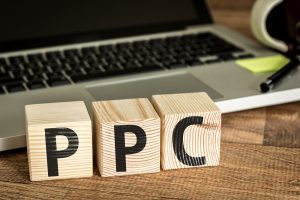 Google’s paid search algorithm uses certain metrics to determine the page rank of websites in different niches and industries. The search engine uses a quality score to ascertain the relevance of a website to those who input specific terms.
Google’s paid search algorithm uses certain metrics to determine the page rank of websites in different niches and industries. The search engine uses a quality score to ascertain the relevance of a website to those who input specific terms.
Online marketing experts cite the following quality score types to enable you to plan an effective campaign.
Ad Groups
This metric enables you to identify which aspects of your campaign need improvement. If you find out that one of your ad groups is below your total average of eight, you can formulate a definite and effective plan to focus on moving forward.
When you work on poor performing groups, you boost your return on investment and make campaigns more efficient.
Account Level
The account level score is the result of the performance of keywords and adverts throughout the past and present campaigns in an account. If you have too many low scoring keywords and click-through rates, it will negatively affect your overall quality score.
This will also make it difficult to use new search terms for a future campaign, because of the low rating a particular account has. To boost the score of this metric, restructure accounts and follow relevance guidelines for keywords, ads and landing pages.
Keyword Level
This is the score Google sets for your keywords; you can see it on the interface of AdWords. Your keywords may get a rating of 1 to 10, with ten being the highest. You get a score based on the performance of queries that match the term you have in your account.
Take note that the quality score of a keyword depends on its historical performance on the search engine when it reaches substantial impressions (usually in the thousands).
These are some of the types of quality score metrics to monitor when you want to audit the performance of a campaign. The numbers shown in the data will tell you which direction to take, and which actions to follow.







Be the first to comment